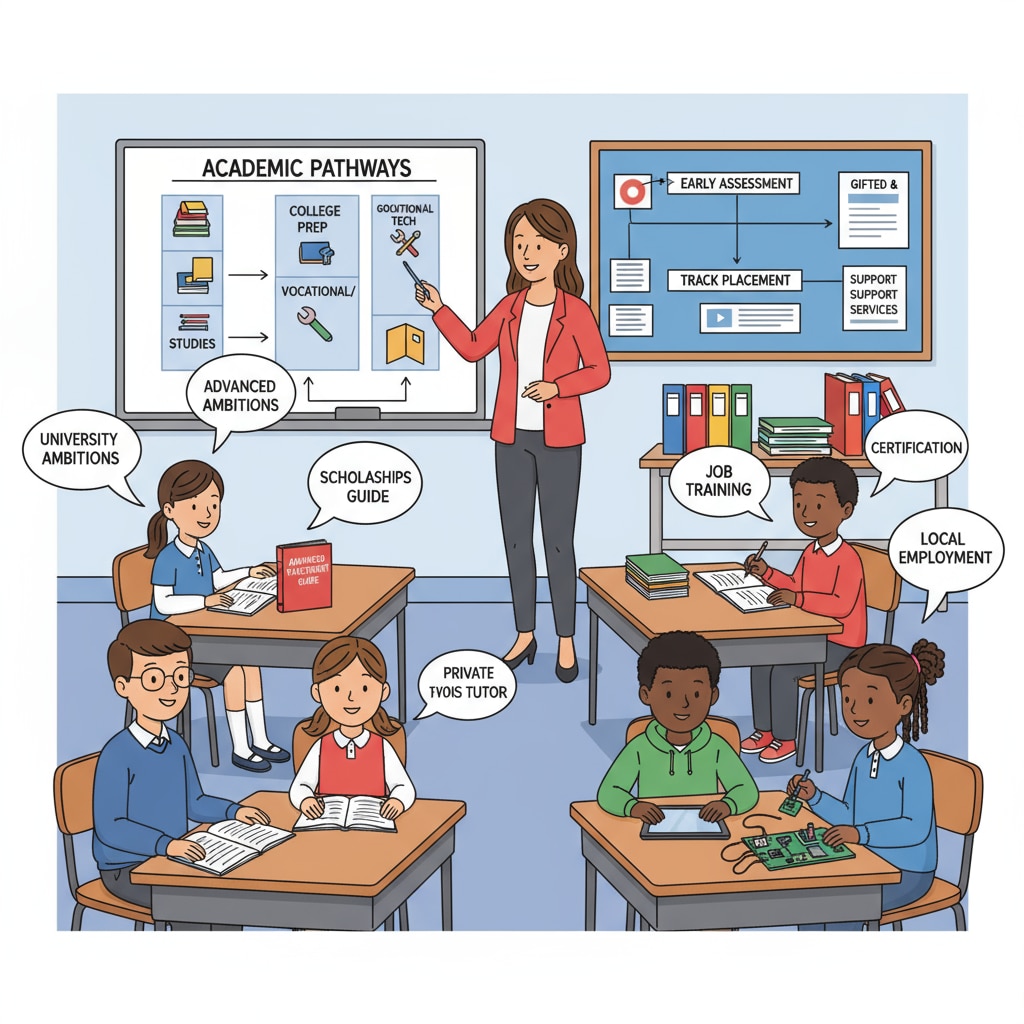The American school system has long been regarded as a beacon of opportunity, yet it inadvertently serves as a powerful social class screening tool. This reality challenges the widely held belief that education is the great equalizer. In this article, we will delve into how the educational system in the US perpetuates social class divisions through its screening mechanisms.

The Ideological Trap of “Education” and “School” Interchangeability
One of the fundamental issues is the seamless interchangeability of the concepts of “education” and “school” in American society. People often assume that attending school automatically equates to receiving a quality education. However, this assumption masks the underlying ideological agenda. Schools in the US are deeply influenced by the dominant culture, which values certain skills and knowledge more than others. For example, the emphasis on standardized testing, as Standardized testing in the United States on Wikipedia shows, rewards students who can conform to a particular set of rules and knowledge frameworks. This benefits students from more privileged backgrounds who are often better prepared for such tests, creating an early divide among students from different social classes.
Structural Inequalities in the Educational System
The American educational system is rife with structural inequalities. Funding disparities between schools in wealthy and poor neighborhoods are a prime example. Schools in affluent areas have access to better resources, including state-of-the-art facilities, highly qualified teachers, and a wide range of extracurricular activities. In contrast, schools in disadvantaged areas struggle with outdated textbooks, overcrowded classrooms, and a lack of essential educational programs. As a result, students from lower social classes are at a significant disadvantage from the very start of their educational journey. These inequalities are further exacerbated by factors such as zoning laws, which tie school attendance to residential areas, effectively locking in class-based educational disparities.

This structural setup acts as a screening mechanism, separating students based on their social class backgrounds.
In addition to funding and facilities, the curriculum also plays a role in social class screening. The curriculum in many American schools is designed to prepare students for certain types of jobs and social roles. It often reflects the values and interests of the dominant social class. For instance, courses in advanced mathematics and science are more readily available in schools with a higher proportion of affluent students, while schools in lower-income areas may focus more on vocational training. This not only limits the educational and career options of students from lower social classes but also reinforces the existing class structure.
To move forward, it is crucial to reimagine education in the United States. True education should transcend the function of class reproduction. It should aim to provide equal opportunities for all students, regardless of their social class background. This requires a comprehensive overhaul of the educational system, from funding mechanisms to curriculum design. We need to invest in schools in disadvantaged areas, ensure access to high-quality education for all students, and create a curriculum that nurtures a diverse range of talents and interests. Only by doing so can we break the cycle of social class screening in the American school system and build a more just and equitable society.
Readability guidance: This article uses short paragraphs and lists to summarize key points. Each H2 section provides a clear analysis of the issues related to the American school system’s role in social class screening. The passive voice and long sentences are carefully controlled, and transition words are used throughout to enhance the flow of the article.


